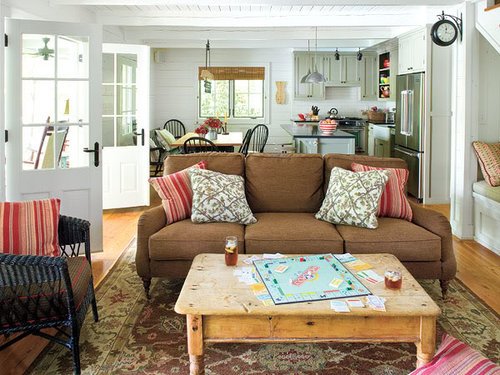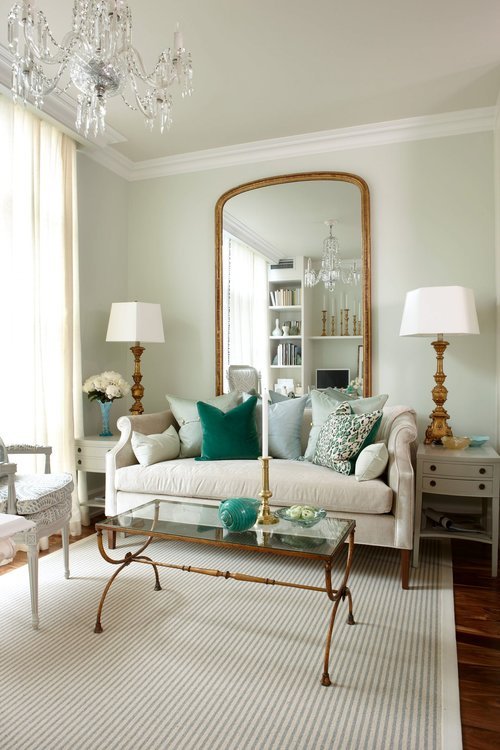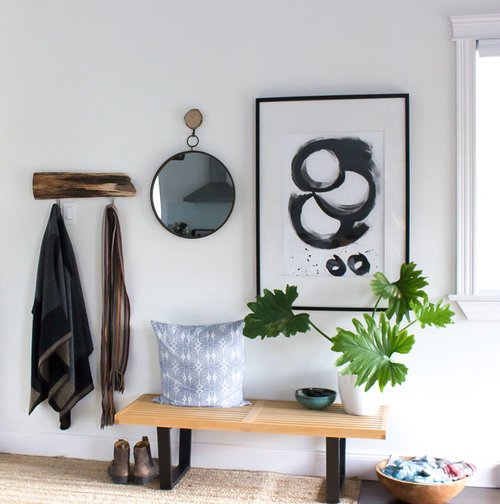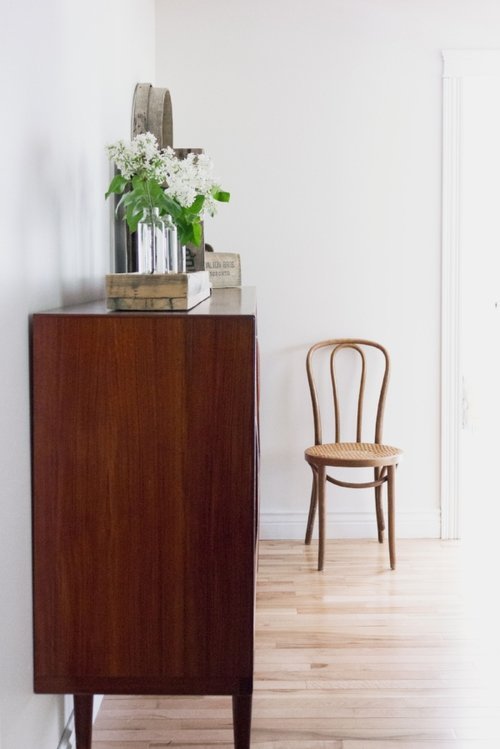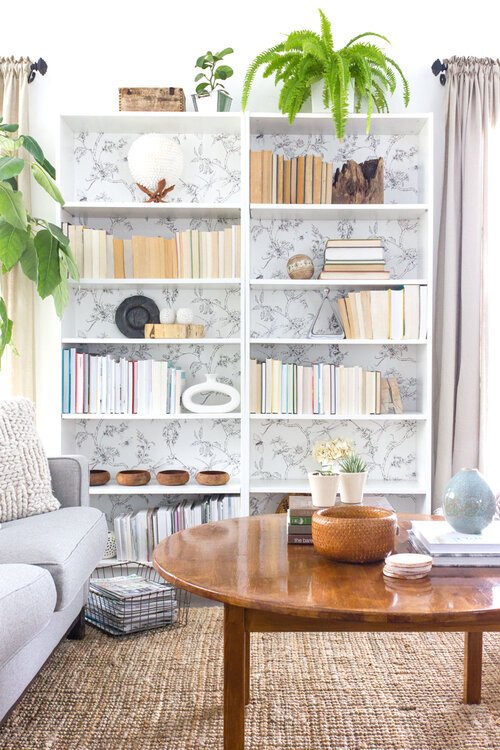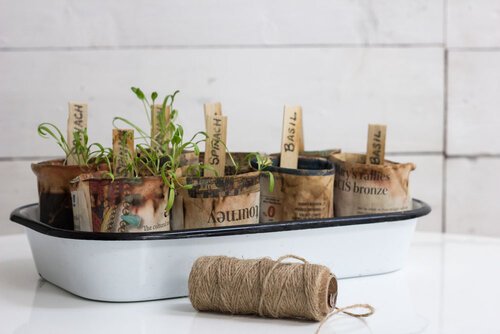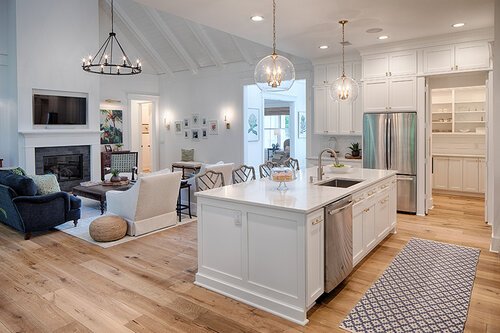Top 10 Small Space Hacks
I'm a believer in living in only as much space as you really need. Living small is cozier, environmentally-friendlier, and better for the bank account. It brings family together instead of everyone being spread out in their own spaces, and it’s less work to clean!!
I’ve lived in homes and apartments both big and small, and the one I loved the most was a 700 sqft one-bedroom condo. It was cozy, easy to maintain and felt very natural to me. It was an open floor plan, with a small U-shaped kitchen that was super-functional with lots of counterspace.
Having extra space is great - a separate room for working at home or a place for you to work on your hobby is wonderful - but think about how you might utilize the space you have to work better for you before upgrading to a bigger home.
Small living is simple living, but it does force you to choose what’s essential to have in your home and organize it well. If you employ these clever storage and space management ideas, I think you’ll love it.
10 CLEVER SPACE MANAGEMENT IDEAS WHEN LIVING SMALL
1. Remove walls for an open-space plan.
An open airy floor plan feels much bigger and makes a home quite functional. For example, if your kitchen is open to the living area you can watch TV while cooking, or talk with the kids hanging out on the sofas while you work. It also gives your eye one long line of sight that makes you feel an expansion of space.
2. Keep flooring, walls and trim consistent.
Consistency of materials and colours throughout your space makes for a seamless look that tricks the eye into traveling further, making the space around you feel bigger. There's nothing worse than chopping an already small space into smaller sections by changing flooring from entry-to-kitchen-to-living area or having different paint colours from room to room. Paint all your trim the same colour, and paint all walls in main living areas all one colour. Also try to keep your accent materials consistent. For example, if you have rustic wood shelving, do it the same throughout. Consistency is calming to the eye and makes a home feel less cluttered and closed-in.
3. Give everything a home.
Keeping things organized in a small space is essential. From the entryway to the bathrooms, make use of every inch of space with shelves, boxes, bins, baskets and hooks. Make sure you designate a space for everything you own in your home. If it doesn’t have a suitable home, it’s time to let it go.
4. Use vertical space.
Using space right up to the ceiling adds needed storage and also gives you a sense of height and spaciousness.
5. Use corner space wisely.
Try not to have any dead spaces if you need room for functional living. You can really fit a lot into a tight corner - it works especially well for a dining nook with a built-in bench.
6. Make use of light.
A light and bright space just feels bigger. Use mirrors and reflective surfaces to bounce light around. Keep windows open and clear to get in as much natural light as possible. And have lots of overhead and lamp lighting for darker days and nights. This is one reason I also recommend using white, off-white or light neutral colours on your walls - it bounces light and keeps things airy. (Here’s how to choose the right one).
7. Use open cabinetry.
Taking out bulking cabinetry in your kitchen will open up space visually. Replace uppers with open shelving and use them for everyday dishes like glasses and white stacks of plates and bowls. They’ll look tidy and be very functional.
8. Use fewer but larger pieces of furniture.
Don’t be afraid of large pieces - one or two very functional larger pieces of furniture work much better than a lot of small pieces to make a room feel roomier. So for example, use one large sectional couch instead of two smaller loveseats in a small living room.
9. Use furniture with open legs.
In small spaces, choose pieces with exposed legs so that it feels more airy and less bulky than pieces that come straight to the floor. It gives the eye a sense of more space.
10. Chose furniture that can do double duty.
Set up your rooms with pieces that can do double duty to suit your needs. For example, a desk in the living room can be used for office work and to hold the TV or components. Stools can be used as side tables and extra seating. A trunk or stacked crates can be used for a coffee table and extra storage. A dresser in a dining area makes a great sideboard plus needed storage.
I hope you're inspired to live small and well! Good luck, and please leave a comment with any other tips you might have.

